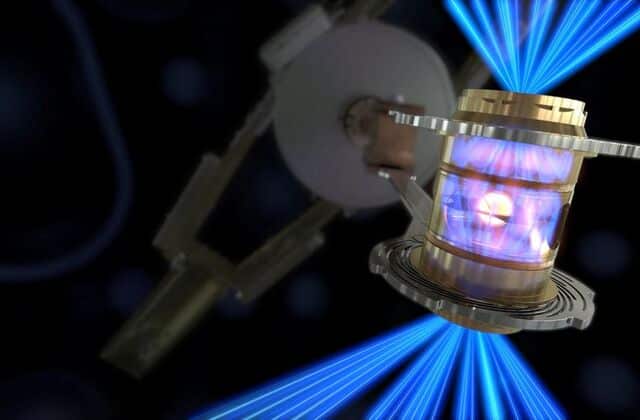LA GRANGE PARK, Ilinois – American Nuclear Society (ANS) President Steven Arndt and ANS CEO and Executive Director Craig Piercy issued the following statement:
“The American Nuclear Society and the Fusion Energy Division of the American Nuclear Society congratulate the National Ignition Facility (NIF) team at Lawrence Livermore National Laboratory for their achievement in reaching the scientific energy breakeven milestone for fusion ignition.
As announced by the U.S. Department of Energy, on December 5, NIF generated a fusion energy output of 3.15 megajoules (MJ), which exceeded the amount of energy injected by the lasers (2.05 MJ). This is known as scientific energy breakeven. While the experiment required much more energy to generate such a laser and operate the experiment as a whole, this is still an important milestone and a stepping stone to the realization of fusion energy.
The fusion community has spent decades making steady progress towards this achievement, with the aim of generating more energy than was injected to start the fusion process. NIF was designed to achieve this goal and a steady program of experiments, each incorporating feedback from earlier experiments, has allowed these scientists to be first.
This result confirms that breakeven is possible for fusion energy and is encouraging for other efforts in the United States and internationally that seek the same goal through different approaches. Building on this result, a combination of public and private funding over the coming decade will surely move us closer to achieving net-energy production from fusion, and realizing fusion as a substantial source of clean energy.
With many major physics milestones reached by fusion experiments in the last two years, the fusion community is turning its attention to the engineering developments needed to harness this energy source.
The Fusion Energy Division of the American Nuclear Society focuses its activities on overcoming the engineering challenges at the intersection of nuclear engineering, plasma physics, mechanical engineering, chemical engineering, material science, and other engineering and scientific fields.”
243


